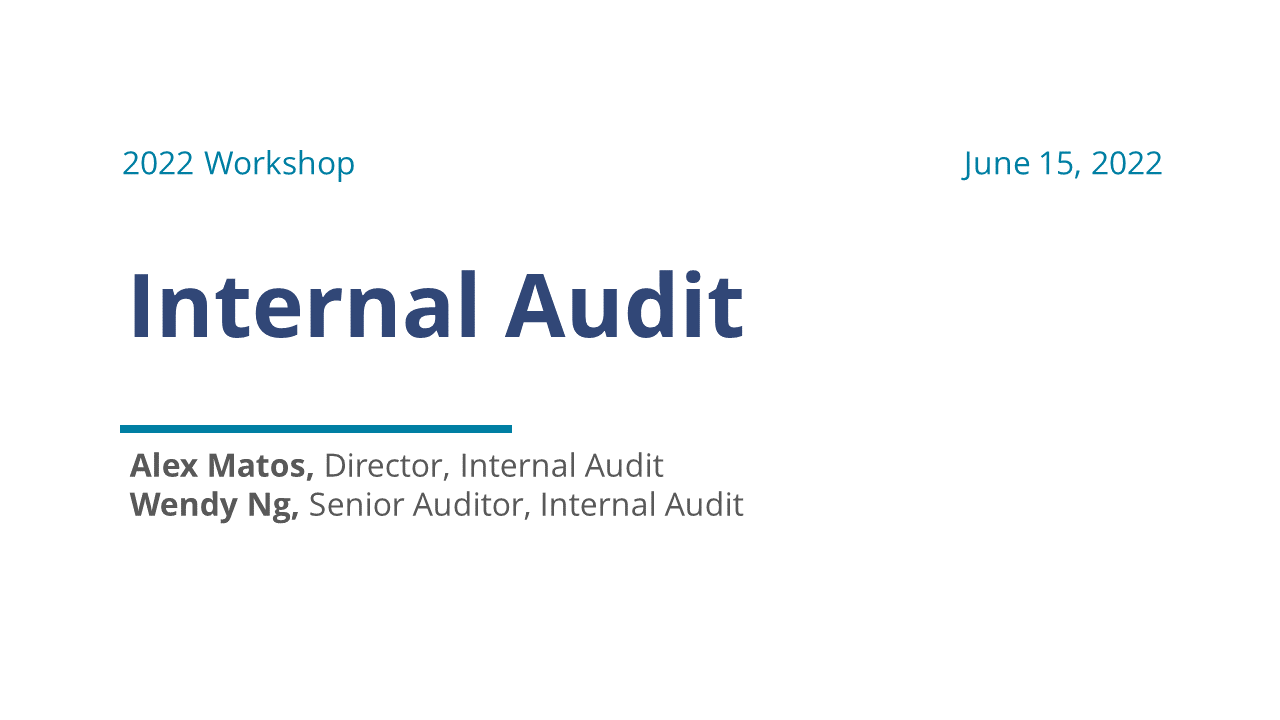Description
Delivered On: June 15, 2022
Internal Audit staff provide an overview of their research expenditure compliance audit process (RECAP), including 2022 changes. Get a better understanding of common deviations and how to avoid them.
Learning Outcomes:
- Understand key components of compliance with TAGFA (Tri-Agency Guide on Financial Administration)
- Recognize common non-compliances with TAGFA and GTFM (Guide to Financial Management), and how to avoid them
- Understand Internal Audit’s role and how they support research administrators
Key Takeaways:
- Internal Audit: TAGFA and University Policies
- Internal Audit’s role through the Research Expenditure Continuous Audit Program (RECAP) is to assess compliance of research expenditures with TAGFA and University policies for research expenditures. Consider regularly reviewing the TAGFA, VPRI website, and FAST Tips for updates to Tri-agency and University requirements
- Internal Audit: Research Expenditure Compliance Criteria
- Internal Audit reviews supporting documentation and records for the following criteria:
- Eligibility (appropriate use of grant funds in compliance with Tri-agency Guide on Financial Administration and University requirements)
- Purpose (information and details to substantiate relevance to research grant)
- Supporting documentation (evidence to verify that expense has been incurred by the claimant)
- Accuracy (amount, timing, occurrence)
- Authorization (contains grantee’s approval, including any required pre-approvals)
- Other (compliance with other University requirements)

Presenters:
- Alex Matos, Director, Internal Audit
- Wendy Ng, Senior Auditor, Internal Audit
Session Materials:


